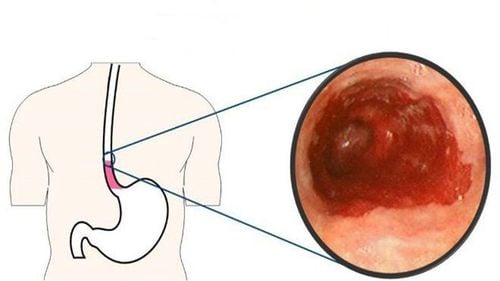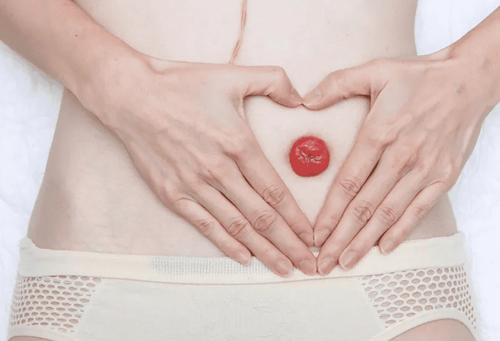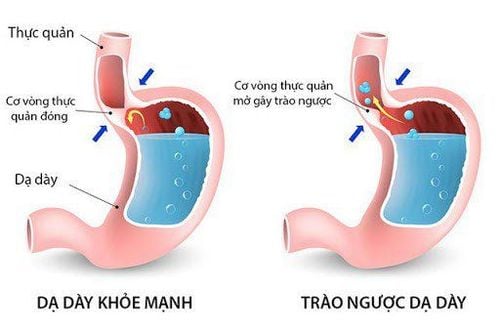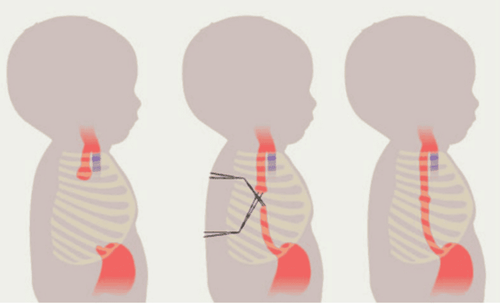This is an automatically translated article.
The article is expertly consulted by MSc Duong Xuan Loc - Gastroenterologist - General Surgery Department - Vinmec Danang International General Hospital. The doctor has more than 12 years of experience as a Gastroenterologist.1. Diagnosis of diffuse esophageal spasm
Diffuse esophageal spasm is a rare mobility disorder characterized by:Difficulty swallowing solids and liquids that is intermittent and often non-progressive. Periods of normal swallowing may alternate with periods of dysphagia, which are usually mild. Difficulty swallowing can be caused by stress, large amounts of food, or hot or cold liquids. Patients may also notice anterior chest pain, which may be confused with angina but is usually not due to exertion. Pain is not usually associated with eating. Diffuse esophageal spasm is a benign disease that affects quality of life. To diagnose diffuse esophageal spasm, the doctor may order:
Barite swallow X-ray (contrast upper gastrointestinal tract X-ray): The patient will be given a drink before the X-ray. white liquid called barium or swallow a reflective liquid. A barium swallow X-ray will show the narrowing of the lower esophagus and the width of the upper esophagus.
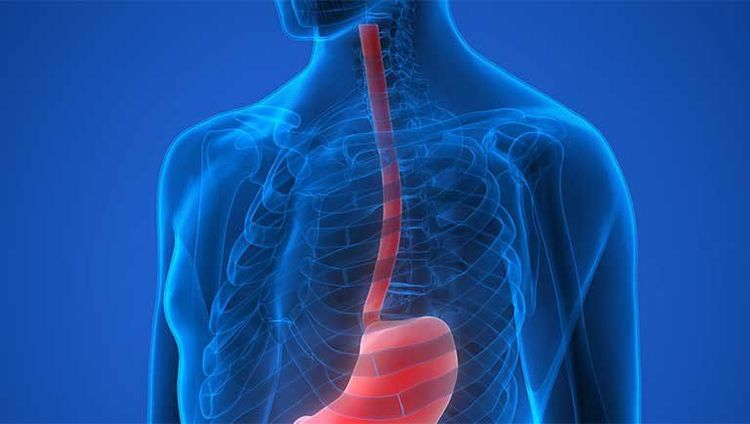
2. Treatment of diffuse esophageal spasm
The treatment of diffuse esophageal spasm has many different methods, which can be summarized into 2 types:2.1 Medical treatment Esophageal dilation with special instruments (mercury, water, gas and tube dilation tubes) Savary therapy), calcium channel blockers, Nitrates group, antidepressants... relieves symptoms. Results are generally temporary or in the case of surgery.

Steps to carry out surgery to treat diffuse esophageal spasm:
The patient lies on his stomach, placing a small pillow on the right chest, making the patient inclined at an angle of about 30 degrees. The patient's right arm is propped up so that the space between the right chest and armpit is not obstructed. Endotracheal anesthesia with Carlen tube to deflate the lung, do not inflate the pleural space or pump with low pressure. Single vein loop dissection, ligation and single loop resection with vicryl 3.0 thread combined with clip clip or Hemolock clip alone. Open the mediastinal pleura along the length with an electric hook from the position above the diaphragm to the apex of the right lung. The muscle opening line starts from the position of the esophagus on the diaphragm and runs along the length of the esophagus until it is close to the base of the neck (in the process of dissection, electric hooks or scissors can be used). After the end of the muscle opening process, the nasogastric tube must be inflated to check if there is a site where the esophageal muscle is left or the esophageal mucosa is perforated. Place a pleural drain and close the troca hole. Follow up after surgery.
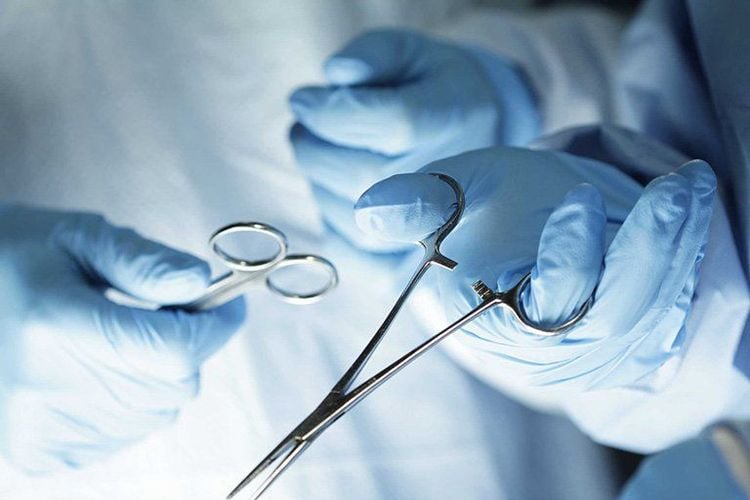
Please dial HOTLINE for more information or register for an appointment HERE. Download MyVinmec app to make appointments faster and to manage your bookings easily.
SEE MORE
Common diseases of the esophagus Have esophageal spasm, what to do? What to do when you have a prolonged esophageal spasm?






